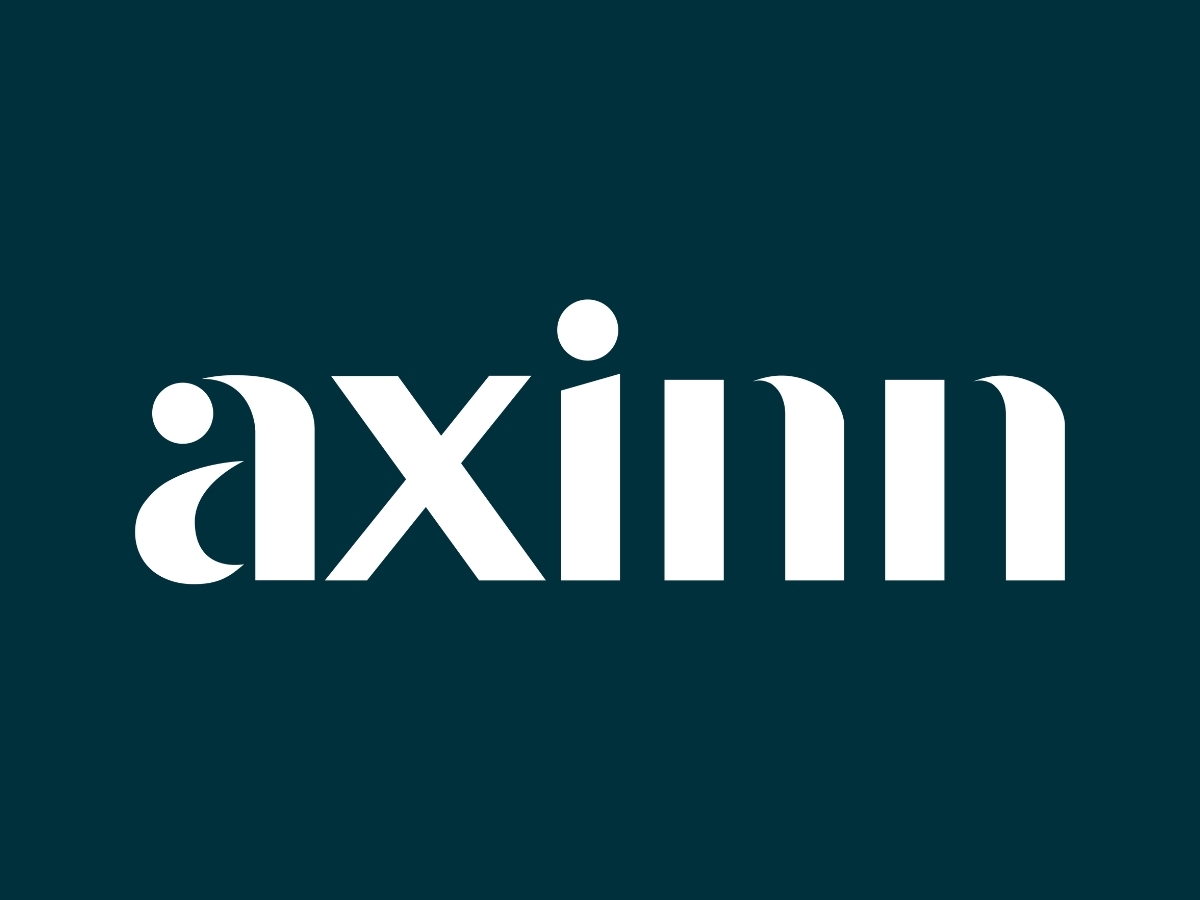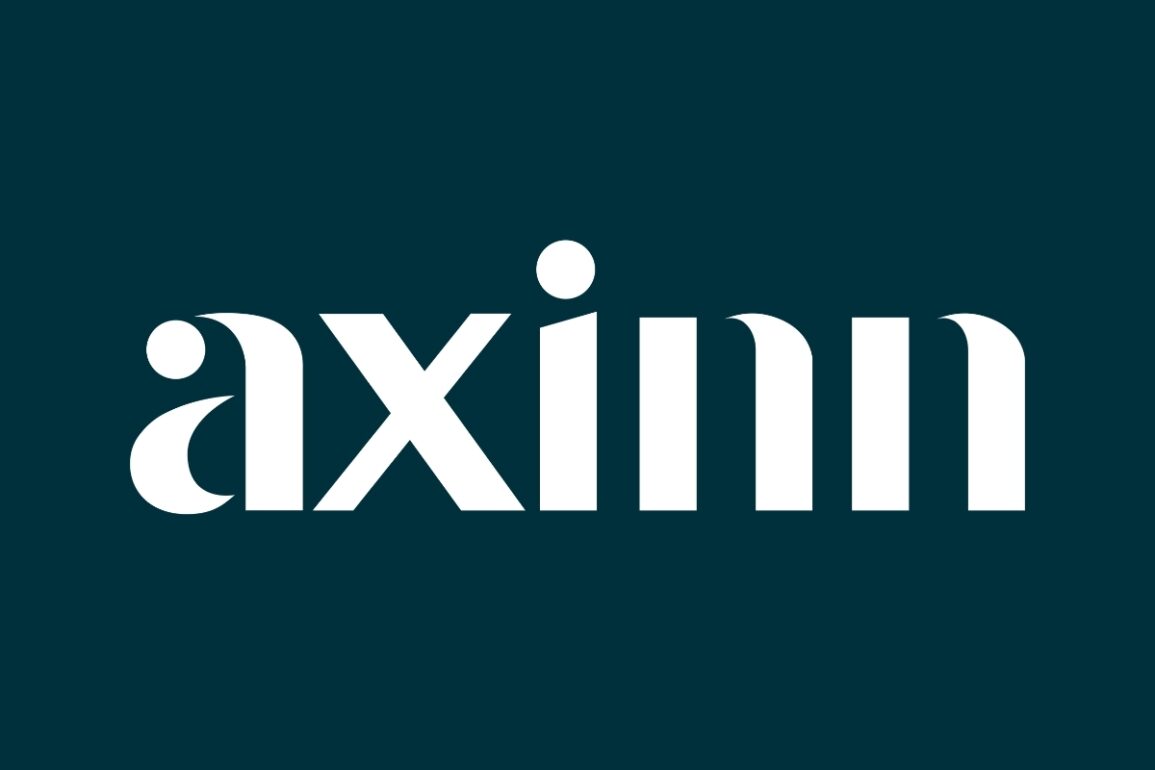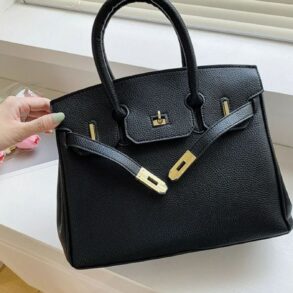
Many observers viewed the FTC’s case challenging the Tapestry/Capri merger based on a relevant product market of “accessible luxury handbags” with skepticism. The market definition seemed (and still seems) gerrymandered to include the merging parties’ Coach and Michael Kors brands to the exclusion of handbags within, more than, and less expensive than the $100 to $1,000 price range. But the FTC vote to bring the challenge was 5-0, and the complaint highlighted the parties’ internal documents as a primary source of evidence.
It now is apparent that the SDNY’s Judge Jennifer Rochon was equally swayed by the internal documents — documents the court felt widely identified “accessible luxury handbags” as shorthand for competition between the two companies. Three key takeaways are top of mind regarding the implications of this decision on other deals.
- Does the Tapestry/Capri decision signal an endorsement of the Biden DOJ/FTC 2023 Merger Guidelines? The answer seems to be “no,” but neither is it a rejection.
- Is market definition still a required element in agency merger challenges? The answer is “yes,” but the decision suggests an openness to very fuzzy boundaries that will lead to uncertainty.
- What is the impact of “hot documents” in merger trials? The answer is that they can seriously damage the credibility of witnesses (both fact and expert) when they testify at trial. Not so much individual documents, but the cumulative effect of a large number of documents.
A VICTORY FOR FTC TRIAL TEAM — RATHER THAN ADMINISTRATION POLICY
The opinion demonstrates that the Biden administration and the FTC will have to continue to wait for a court to enshrine its more novel theories from the Guidelines. Judge Rochon expressly noted that the Guidelines are nonbinding, and she cited little that was not already supported in the prior, 2010 version of the Guidelines.[1] For example, as the court pointed out, ample precedent supported finding the FTC met its prima facie burden by showing “significantly” high market share (59%) and a large HHI delta (1,449).[2] The former number is well above the 30% from the Supreme Court decision in Philadelphia Bank and advocated in the new Guidelines, and the latter presumptively anticompetitive in multiple prior iterations of the antitrust agencies’ merger guidelines.
On the one hand, in the opinion’s one express consideration of a novel theory, the court rejected the FTC’s invitation to allow the agency to meet its prima facie burden merely by showing the parties competed head-to-head.[3] On the other, Judge Rochon validated continued use of market structural presumptions and did not criticize or contradict any concepts from the new Guidelines. Thus, the opinion is not a rejection of the Guidelines, even as it falls short of what FTC policy hawks likely hoped.
RELEVANT MARKET: STILL A FACT-INTENSIVE INQUIRY
The court implicitly rejected the FTC’s position that “a relevant antitrust market can be defined solely based on qualitative evidence regarding market characteristics.” In finding a relevant antitrust product market for “accessible luxury” handbags base priced at $100-1000, the opinion does walk through several qualitative factors, including supply chain characteristics, place of manufacture and raw materials.[4] The court also pointed to quantitative evidence, however, such as survey and diversion analysis.[5] Thus, this opinion does not necessarily make it easier for the antitrust agencies to define narrower markets. Rather, it reminds that a combination of qualitative and quantitative evidence can be effective when they support each other.
The court reiterated that market definition presents questions that are particularly fact-intensive, especially in markets in which “price and quality differences may play an important role in defining market boundaries where such tiering comports with commercial realities.”[6] And the court’s conclusions about the relevant market boundaries did not appear disturbed by exceptions to the defining characteristics.[7] Antitrust agencies and plaintiffs, therefore, may find Tapestry useful to cite when attempting to draw fuzzier market definition lines.
DEALING WITH HOT DOCUMENTS
Tapestry serves as an important reminder that hot documents can make a big difference to how a trial unfolds. Such documents are evidence in and of themselves, but, even more importantly in Tapestry, they can cause credibility problems for trial witnesses who authored such documents.
On market definition, the parties expended significant energy and elicited testimony from executives trying to defend against the “Goldilocks” market the FTC asserted. Despite defendants’ evidence of the parties pricing below $100, fast fashion competitor handbags pricing in the defined range, and other fast fashion and luxury competitors sharing various qualitative factors, the opinion dismissed the testimony as not credible in light of extensive usage of the term in ordinary course documents.
Similarly, internal documents convinced the court that the parties’ brands competed head-to-head. For example, the opinion points to internal documents describing Coach as “the closest ” or the “key” competitor to Michael Kors, as well as investor reports with similar language.[8] The court identified as “particularly compelling” documents showing that the parties actively monitored each other and focused on pricing competition between their brands.[9] Documents suggesting post-merger price increases would be possible for Michael Kors branded products also appear to have been persuasive to the court.[10]
With changes to the HSR framework rapidly approaching that will expand disclosure obligations for both ordinary course and deal documents, the Tapestry decision is a timely reminder of the importance of heightening business teams’ sensitivity and awareness of antitrust. More generally, the opinion underscores for dealmakers and in-house counsel that antitrust risk assessment should include privileged analysis of ordinary course documents discussing competition, not just of documents evaluating specific deals. Antitrust due diligence will become even more valuable when the new HSR rules roll out.
[1] See, e.g., Opinion and Order at p.14 (black letter statement of market definition), pp.17-18 (defining the hypothetical monopolist test), p.18 n.4 (noting that SSNIP and SSNIPT are analytically indistinct); pp.19-20 (string cite for Supreme Court observation that antitrust relevant markets need not be defined with exact precision); pp.98-99 (discussing persuasiveness of HHI framework in assessing prima facie showing), and p.138 (string cite for proposition that efficiencies may be considered in assessing competitive effects).
[2] Id. at 97-99.
[3] Id. at 147-148 n.43.
[4] Id. at 26-63.
[5] Id. at 63-87.
[6] Id. at 24.
[7] Id. at 87-94
[8] Id. at 149-152.
[9] Id.
[10] See id. at 143-149.
This post was originally published on this site be sure to check out more of their content.









